Whether you're an athlete or not, suffering from an ACL injury can be a painful and debilitating experience. If you've been recommended for ACL surgery, you may be wondering what to expect from the surgical procedure and the recovery process. It's important to be well-informed and prepared for this major orthopaedic surgery and make an educated decision on which surgical treatment option is right for you.
What is ACL injury?
The anterior cruciate ligament (ACL) is one of the key ligaments in the knee joint that is responsible for stability of the knee joint. When the ACL is torn partially or fully, it can lead to instability and a limited range of motion in the knee, making everyday activities difficult and potentially causing further damage to other structures in the knee, such as the meniscus or articular cartilage.
Injuries to this ligament are common among athletes and active individuals and typically occurs during activities that involve sudden stops or changes in direction, such as pivoting or landing from a jump. These actions can cause the ligament to stretch or tear. Sports prone to ACL injury include skiing and pivoting sports like football, rugby and netball to name a few. ACL surgery is often necessary to repair or reconstruct the damaged ligament and restore stability to the knee.
When an ACL injury occurs, individuals may experience a popping sound or sensation in their knee as the ligament tears. The knee may also swell rapidly, within a few hours after the injury. Other common symptoms include pain, limited range of motion, and episodes of instability or "giving way" of the knee.

Diagnosing ACL injury
To diagnose an ACL tear, doctors often perform a combination of tests. These can include a physical examination to assess knee stability such as the the Lachman's and Pivot shift tests. During the Lachman's test, the physician stabilises the thigh while applying a forward force to the shin bone. Any abnormal forward movement indicates a potential ACL tear. The Pivot shift test assesses the rotational stability of the knee by reproducing the mechanism of injury. If the tibia shifts or the knee buckles during this test, it suggests an ACL injury.
Further diagnostic tests may be needed to confirm the diagnosis of soft tissue inside and around the knee joint. X-rays are primarily used to rule out any fractures or bone abnormalities. However, an ACL tear cannot be visualised on x-rays alone. An MRI scan provides a better view of the soft tissues, including the cruciate ligament, allowing for a more detailed view of the knee joint and a more accurate diagnosis.
The decision to have ACL surgery usually comes down to how stable the knee joint is without the ACL in tact and what kind of physical activity the patient wants to engage in, in the future. Consulting with a healthcare professional and orthopaedic surgeon is essential in order to make an informed decision and determine if ACL surgery is the right treatment option.
Pre-surgery evaluation
A pre-surgery evaluation is a crucial step in determining the best course of action for patients facing ACL surgery. This evaluation involves a comprehensive assessment of the knee joint with an orthopaedic surgeon, which includes examining the range of motion, checking for signs of instability, and assessing the presence of any additional complications such as meniscal tears or cartilage injuries presented in the MRI scan. A thorough evaluation helps the surgeon determine the most suitable surgical technique and graft choice, whether it be a hamstring graft or patellar tendon graft. Additionally, the evaluation helps the surgeon gauge the patient's level of activity and their goals for returning to normal activities or competitive sports post-surgery. Taking into account all these factors, the pre-surgery evaluation ensures that patients receive tailored surgical treatment.
Understanding the options, the procedure itself and what lies ahead can help patients mentally and physically prepare for the journey of recovery.
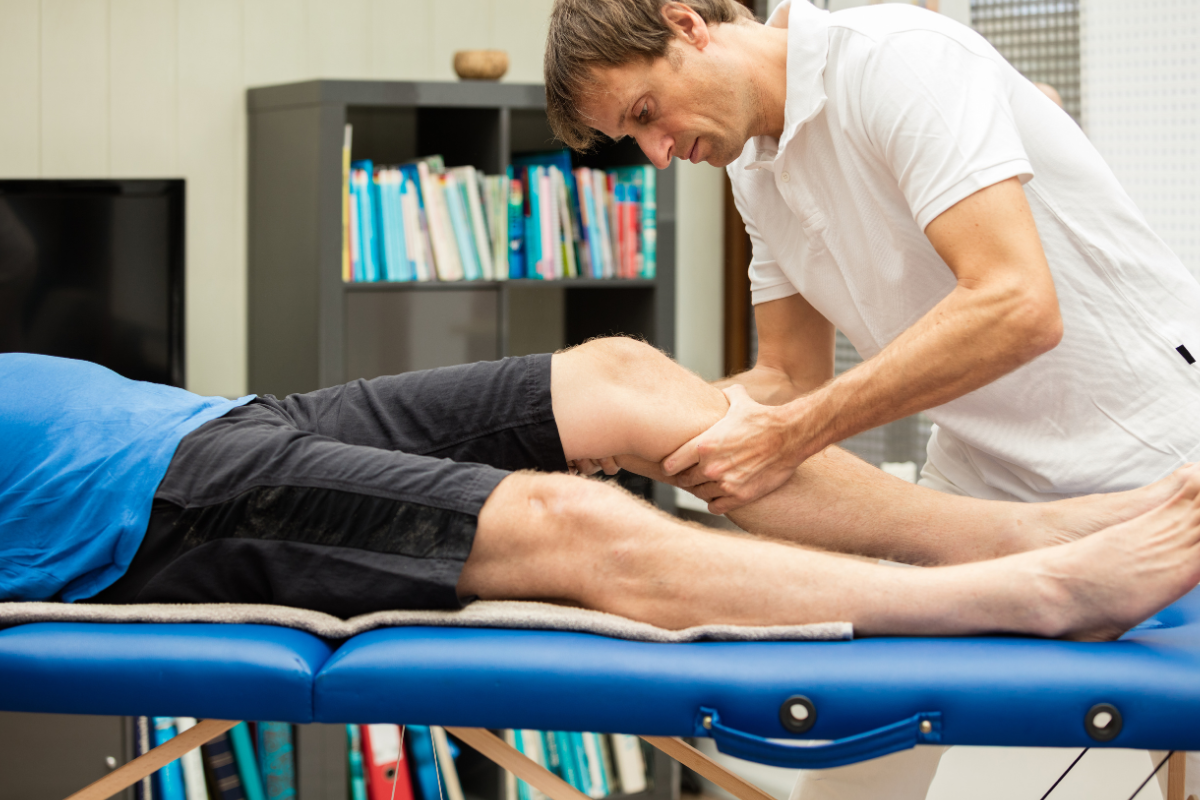
What Does ACL Surgery Involve?
ACL surgery involves reconstructing the torn ligament using either a graft from your own body (such as the patellar tendon or hamstring tendons) or from a donor which is called an allograft. The surgical technique may vary, but in most cases, minimally invasive arthroscopic surgery is used, which involves making small incisions and using a tiny camera to guide the surgeon during the procedure. An ACL reconstruction is normally performed as a day procedure, but some doctors prefer their patients stay overnight in hospital. Following surgery, a period of approximately 9-12 months of physical therapy and rehabilitation is necessary to restore strength, flexibility, and stability to the knee joint.
It is important to note that ACL surgery carries some risks, such as infection risk, blood clot, and scar tissue formation, and the recovery time can vary depending on the individual, the extent of damage with other tissues in the knee and the specific procedure performed. Overall, ACL surgery aims to restore normal knee function and allow individuals to return to their normal day to day activities and sports.
What To Consider Pre Surgery
Before undergoing ACL surgery, the level of activity can vary for each individual. Some patients may have experienced a significant decrease in their activity level due to the injury, while others may still be able to engage in limited physical activities or an exercise program.
Preparing the knee for surgery is important. Engaging in 'pre-rehabilitation' allows the knee joint to become more optimised for surgery by improving its mobility, strength, and stability. Physiotherapy sessions may involve exercises to improve range of motion, weight-bearing activities to increase leg strength, and specific exercises to target the muscles that support the knee joint.
Types of ACL Reconstruction Techniques & Grafts
There are several types of surgical techniques used for ACL reconstruction, each with its own benefits and considerations. Two commonly used techniques are the hamstring graft and the patellar tendon graft which are autografts as they come from the patients own body. The hamstring graft involves using a portion of the patient's own hamstring tendon to replace the torn ACL. This technique results in less pain and a faster recovery time compared to the patellar tendon graft. The patellar tendon graft involves using a portion of the patient's own patellar tendon, which provides a strong and secure reconstruction.
Both techniques have proven to be effective in restoring knee stability and range of motion. The choice of technique depends on factors such as the patient's activity level, the surgeon's preference, and the specific characteristics of the ACL tear. Physical therapy is an integral part of the recovery process after ACL surgery, regardless of the technique used. Rehabilitating the knee and regaining range of motion, muscle strength and stability is key to a successful outcome.
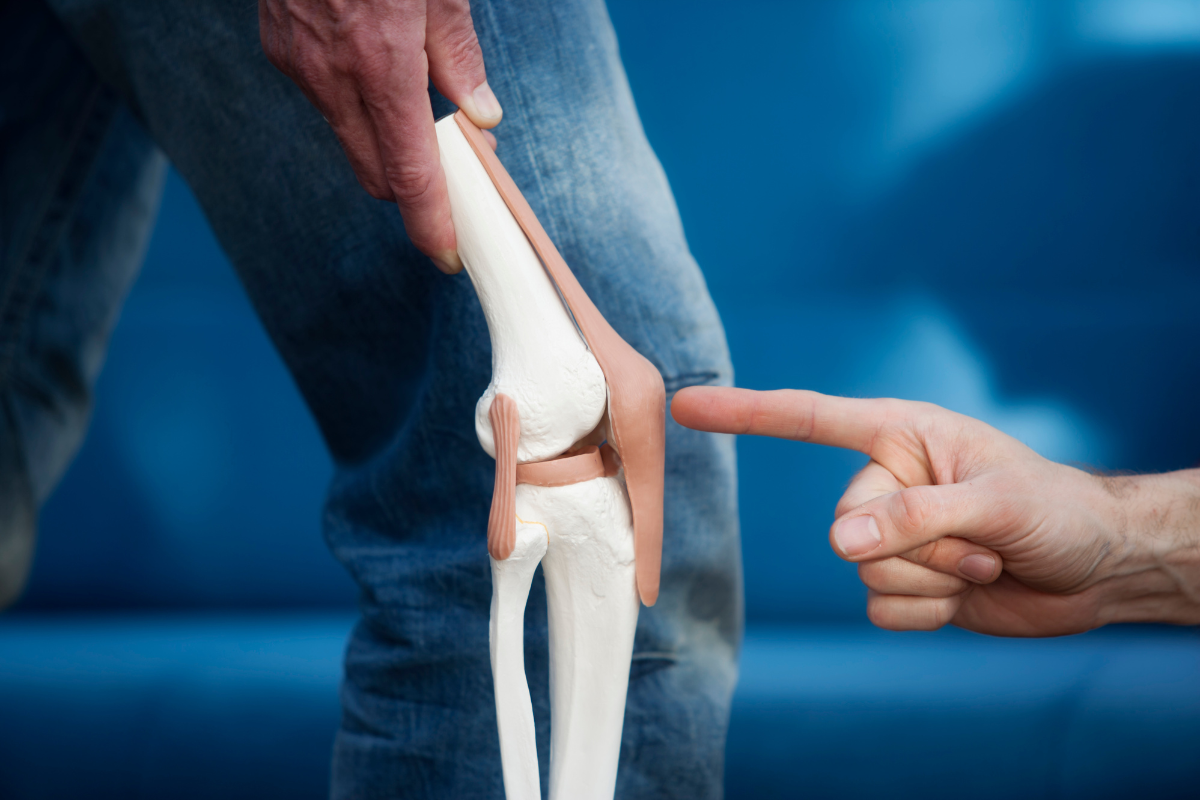
Hamstring Grafts
One of the main advantages of the hamstring graft is its strength and stiffness, which makes it an ideal option for restoring knee joint stability. Additionally, the use of this graft requires a smaller incision compared to other graft choices, resulting in reduced scarring and a quicker recovery period.
Furthermore, the risk of developing anterior knee pain, a common complication after ACL reconstruction surgery, is significantly reduced when using hamstring grafts. This is because the graft is located away from the front of the knee joint where excessive pressure can cause discomfort.
However, it is important to consider that there are some disadvantages to using hamstring grafts. Firstly, harvesting the necessary donor tissue can be challenging and may require additional incisions. Additionally, the healing time for hamstring grafts tends to be longer compared to other graft options.
Despite these drawbacks, many individuals who undergo ACL surgery opt for the hamstring graft due to its favourable outcomes and reduced risk of anterior knee pain.
Patellar Tendon Grafts
One common graft choice is using the patellar tendon, which involves taking a portion of the patient's own patellar tendon and using it to reconstruct the torn ACL. This technique is known for its strength and stability, making it a popular choice for athletes and those with high activity levels. However, it does come with some downsides, including a longer healing time and a risk of patellar tendonitis.
During this procedure, the patellar tendon, which connects the kneecap to the shinbone, is harvested. Alternatively, the quadriceps tendon, which is located just above the patellar tendon, can also be used as an autograft in this surgical procedure.
Allograft
In some cases, and allograft is used. These grafts involve using tissue from a deceased donor to reconstruct the ACL. The most commonly used allografts are patellar or Achilles tendon from a donor. While this option eliminates the need to harvest tissue from the patient's own body with minimal incisions and potentially reducing recovery time, it does carry a higher risk of infection and potential disease transmission, making it a less commonly used option due to its complication rates and sometimes, graft failure.
The Surgical Steps In ACL Reconstruction
ACL surgery involves several main steps.
1. Firstly, a small incision is made to expose the knee joint.
2. The damaged ACL is then removed and new tunnels are drilled making room for the new graft.
3. The graft is then harvested either using the hamstring, patella or allograft.
4. Next, the graft is threaded through bone tunnels in both the femur and tibia, ensuring proper positioning.
5. The graft is then fixed to the femur and tibia using screws, staples, or other fixation devices. This securely anchors the graft in place.
6. The surgeon will then look at the knee joint through the arthroscope to make sure the new ACL has good tension, and looks as it should.
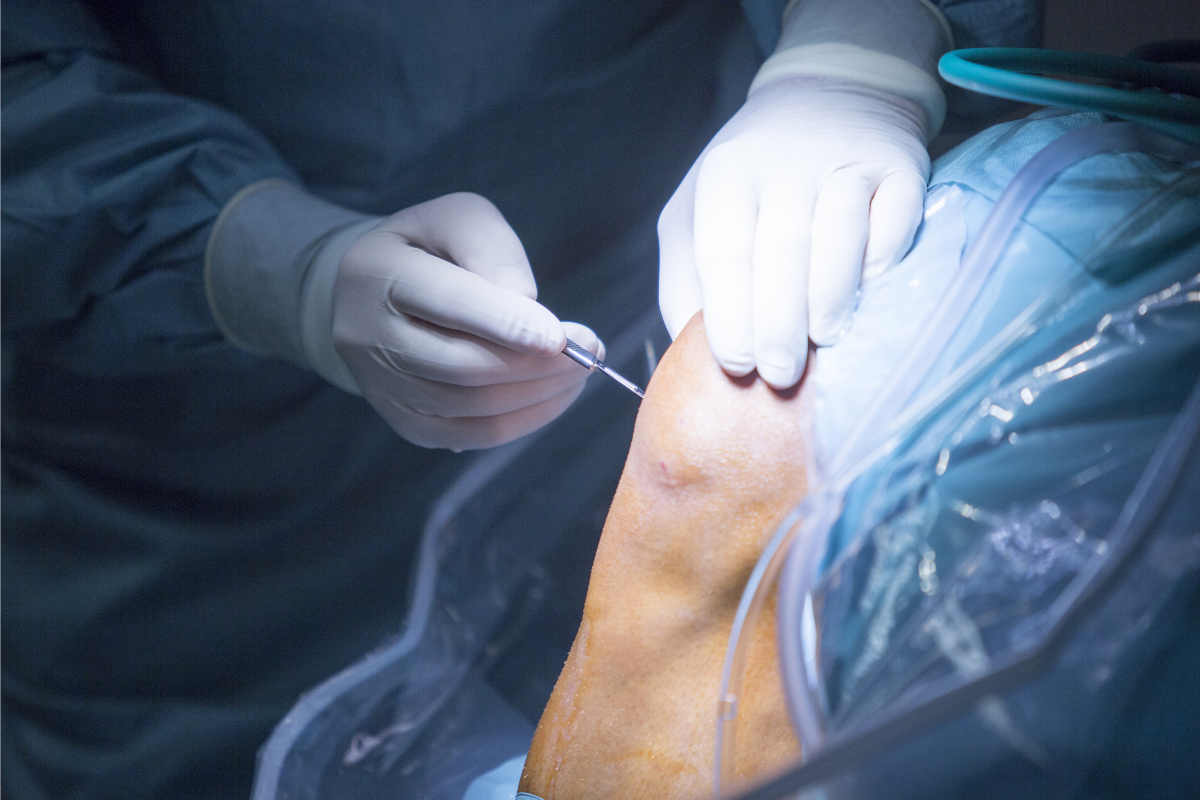
What to expect after ACL knee surgery
The recovery period after ACL surgery typically involves a few weeks of rest and limited physical activity. Depending on whether the meniscus and cartilage have been repaired will dictate whether the patient can weight bear straight away or not.
Following the procedure, patients may experience some swelling and pain which can usually be managed with medications or ice packs. The knee joint will feel very stiff and restricted in movement. During this time, it is important to keep the knee elevated as much as possible and ice the knee regularly to reduce swelling and discomfort. A knee brace might also be prescribed by the surgeon to protect the knee in the initial phase of recovery as well as a compression sleeve to help reduce swelling. Crutches will also be necessary and the surgeon will determine the length of time before any kind of weigh bearing activity is allowed.
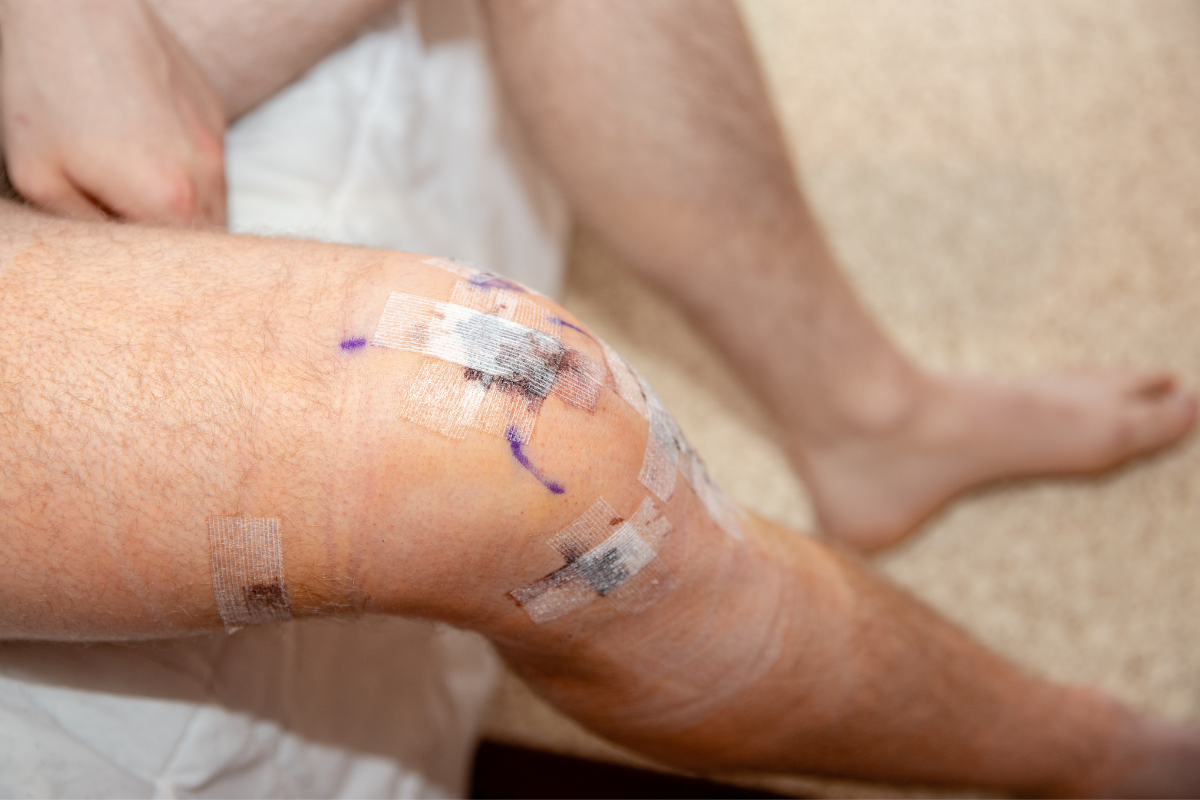
In the weeks after surgery, patients will experience muscular atrophy or 'shrinkage' due to a combination of factors. Firstly, the surgical procedure itself can cause trauma and damage to the surrounding muscles, leading to muscle weakness and loss of function.
Additionally, the post-operative recovery period often involves immobilisation or limited mobility, which can further contribute to muscle atrophy. Lack of physical activity and muscle use during this time can result in muscle wasting and loss of muscle mass. Furthermore, the body's natural response to injury and inflammation is to decrease muscle protein synthesis and increase muscle protein breakdown, leading to muscle loss.
Rehabilitation and physical therapy are crucial in mitigating muscular atrophy and restoring strength and function after ACL surgery. In most cases, patients can begin rehabilitation with caution straight away. A post operative physiotherapist will often prescribe simple exercises that focus on reducing swelling and regaining back the range of motion in the knee.
This process can involve exercises such as quadriceps activation, straight leg raises and lying down hamstring curls. Regular icing also helps with pain relief and reducing swelling in the knee joint.
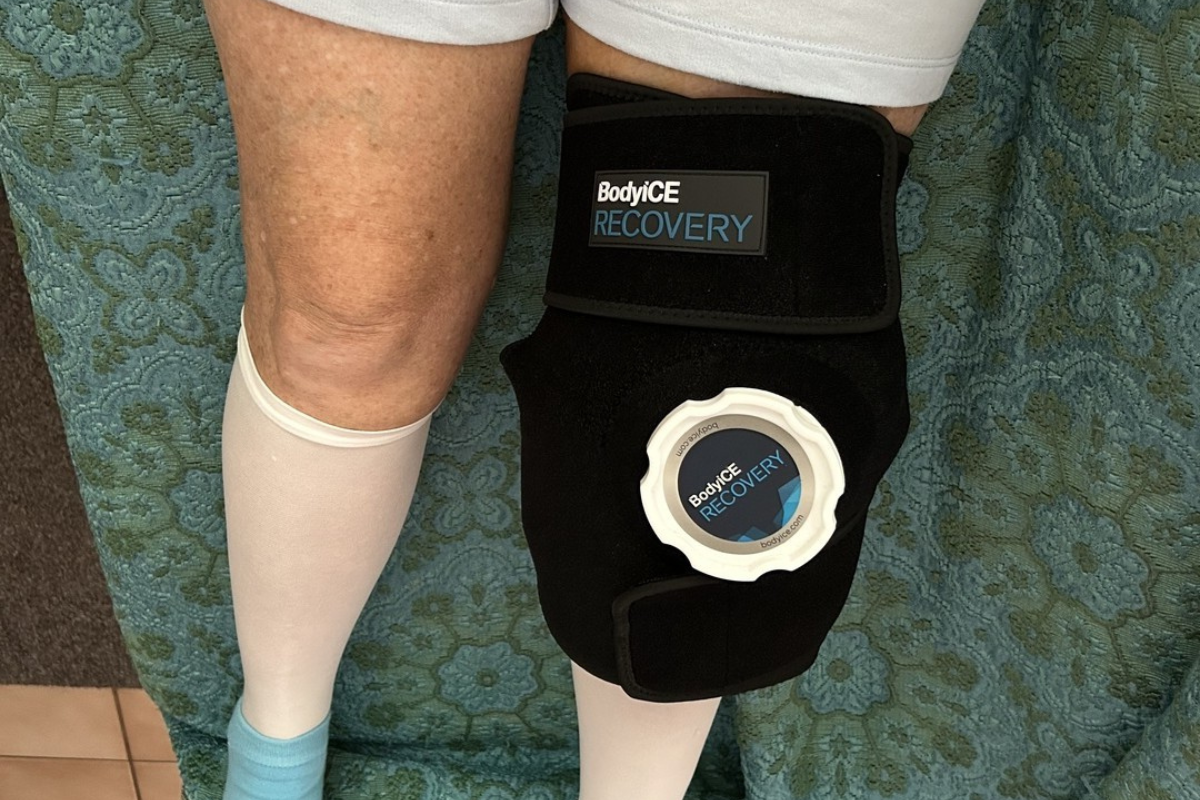
Does Mindset Have A Role To Play?
Absolutely. A positive mindset is key to a successful recovery and return to sport after any kind of knee surgery. Remaining optimistic, and understanding that the rehabilitation will take time is important. Focusing on the little wins and small improvements each day will assist in keeping motivation strong. Regular relaxation and visualisation can really help maintain a positive mindset which is why we created our BodyICE Mental Training visualisation tracks.
In general, it can take between six to nine months for the knee to fully recover from ACL surgery. During this time, patients should focus on regaining full range of motion in their knee joint working into both flexion and extension exercises as well as building strength in the hamstrings, quadriceps and gluteal muscles. Eventually, under the guidance of a professional, they will be able to challenge themselves with more advanced balance exercises and return to impact activities like running, hopping and changing of direction. With proper rehabilitation and adherence to post-operative protocols, most people are able to return to normal activities without any issues following ACL surgery.

Our BodyICE Recovery packs are designed for post surgery recovery. They are joint specific, they stay cold and stay in place. More so, they are easy in hospital and can be taken anywhere so that you can ice your knee on the go, at home or at work.
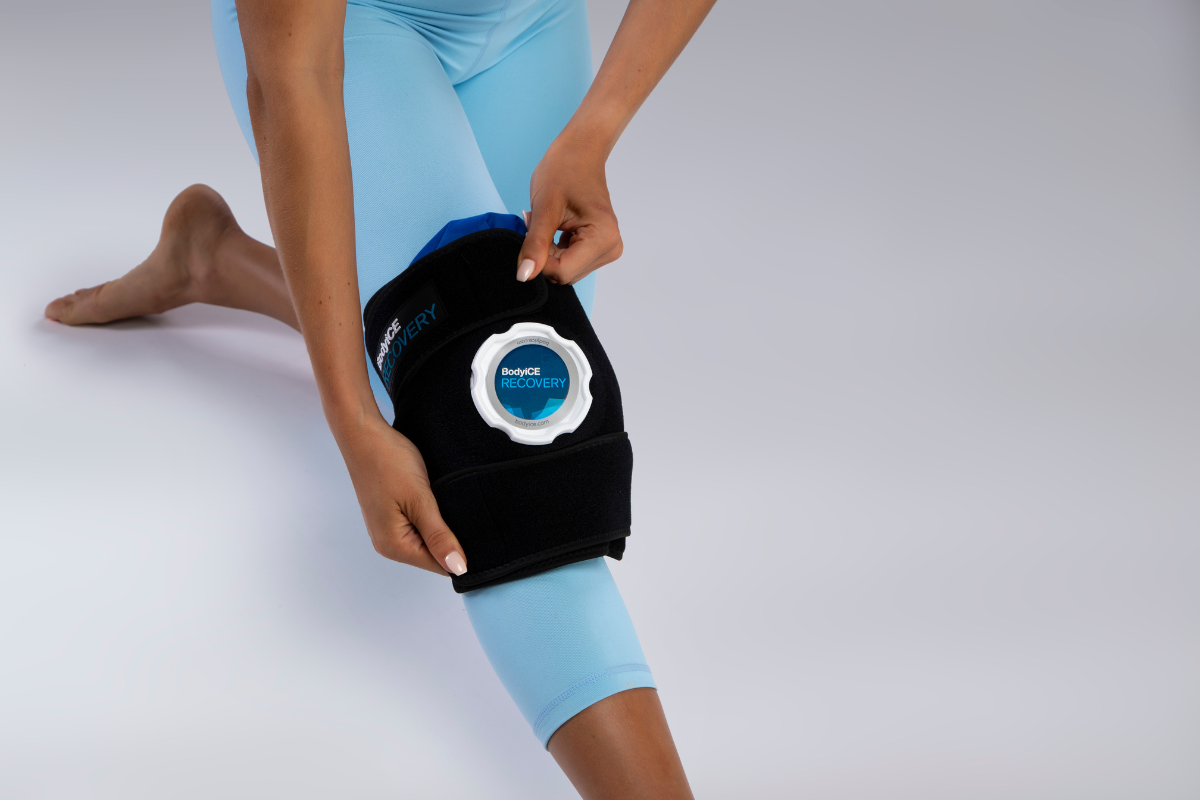


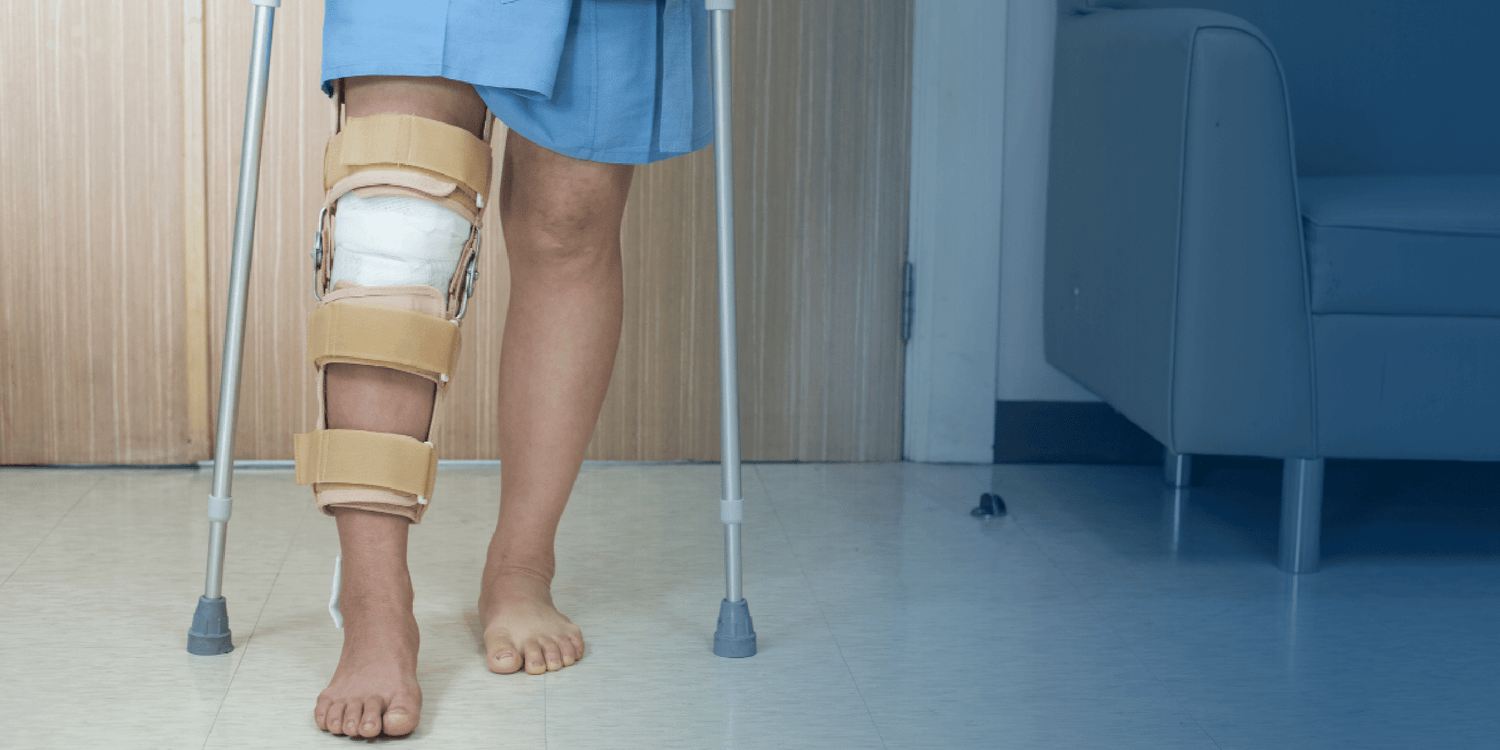


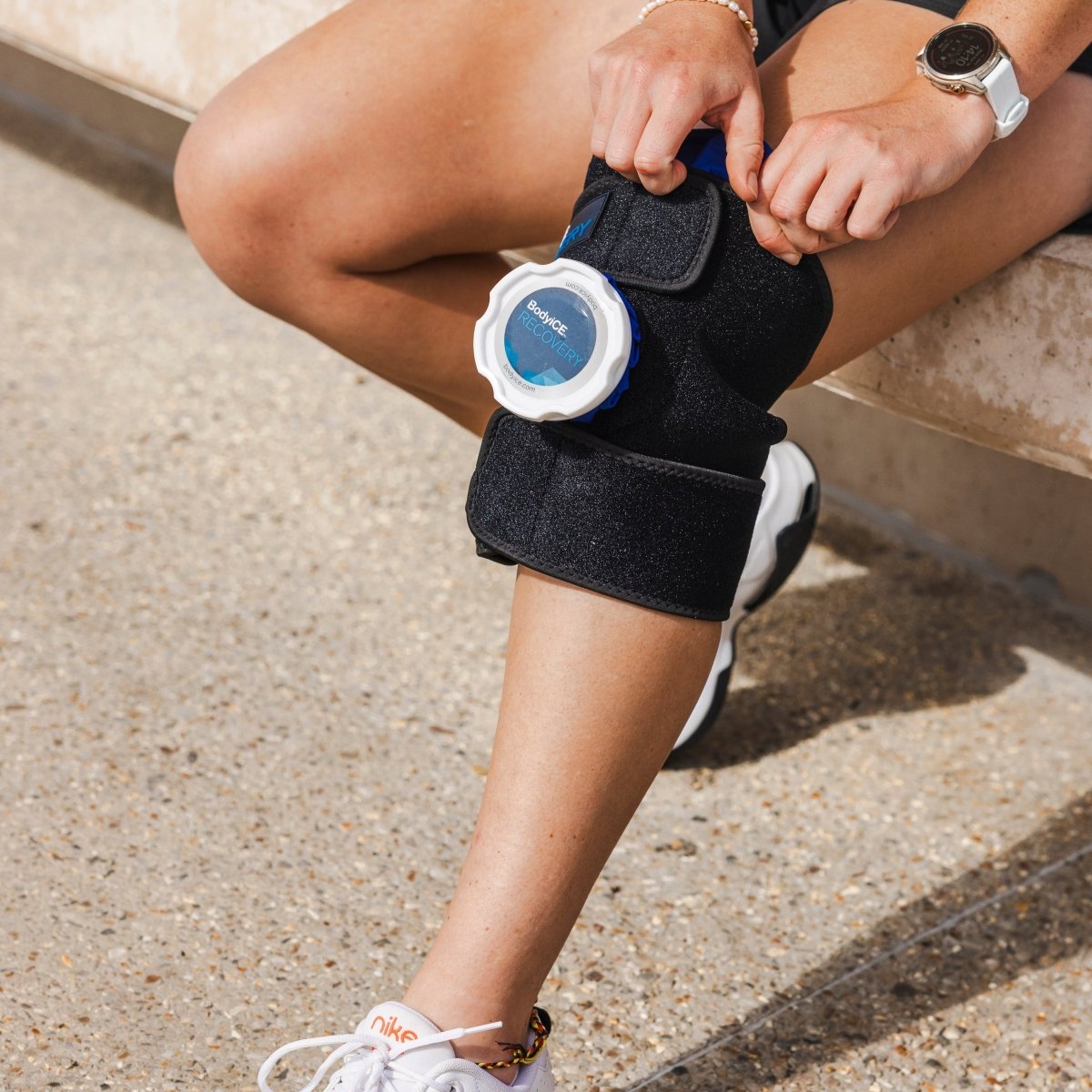





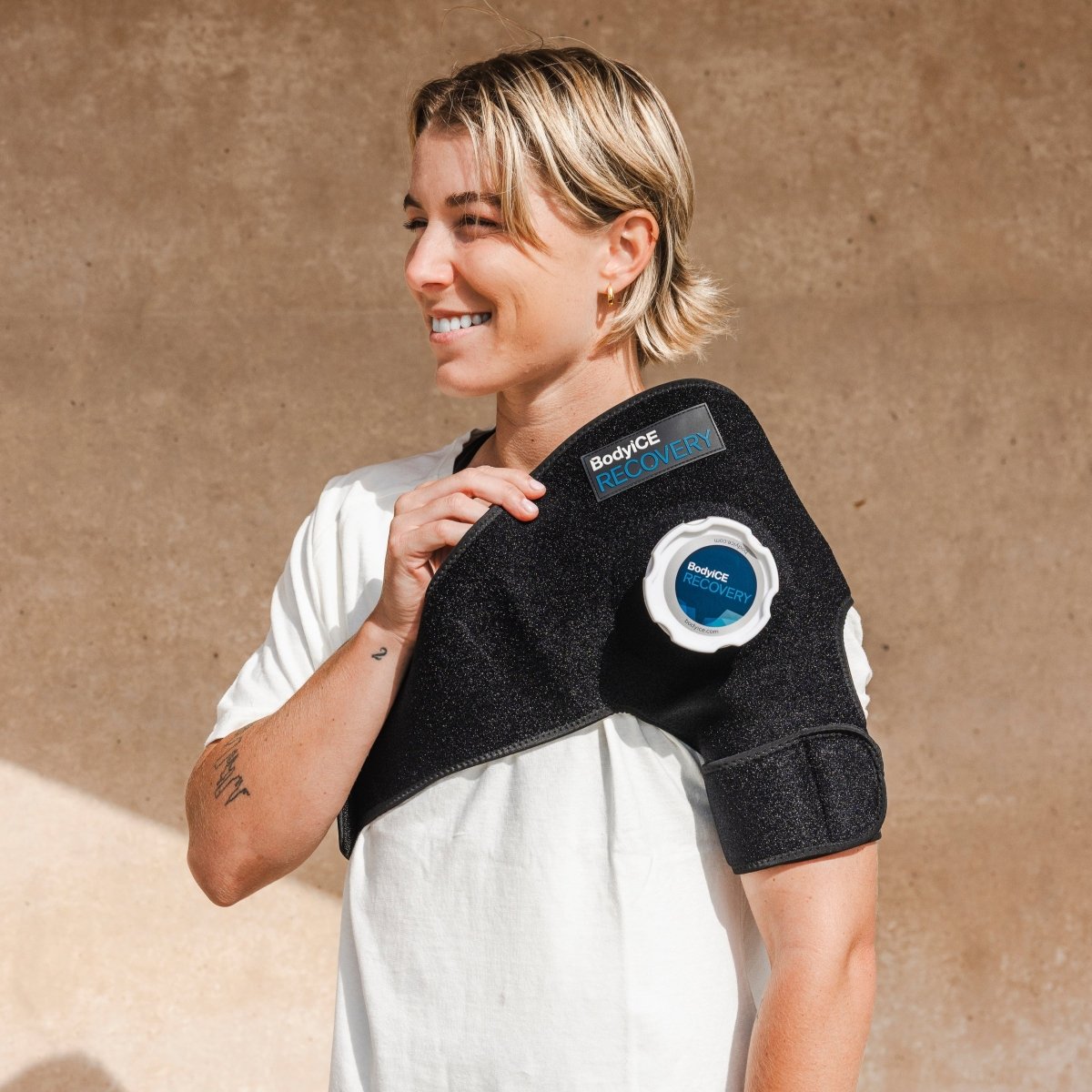
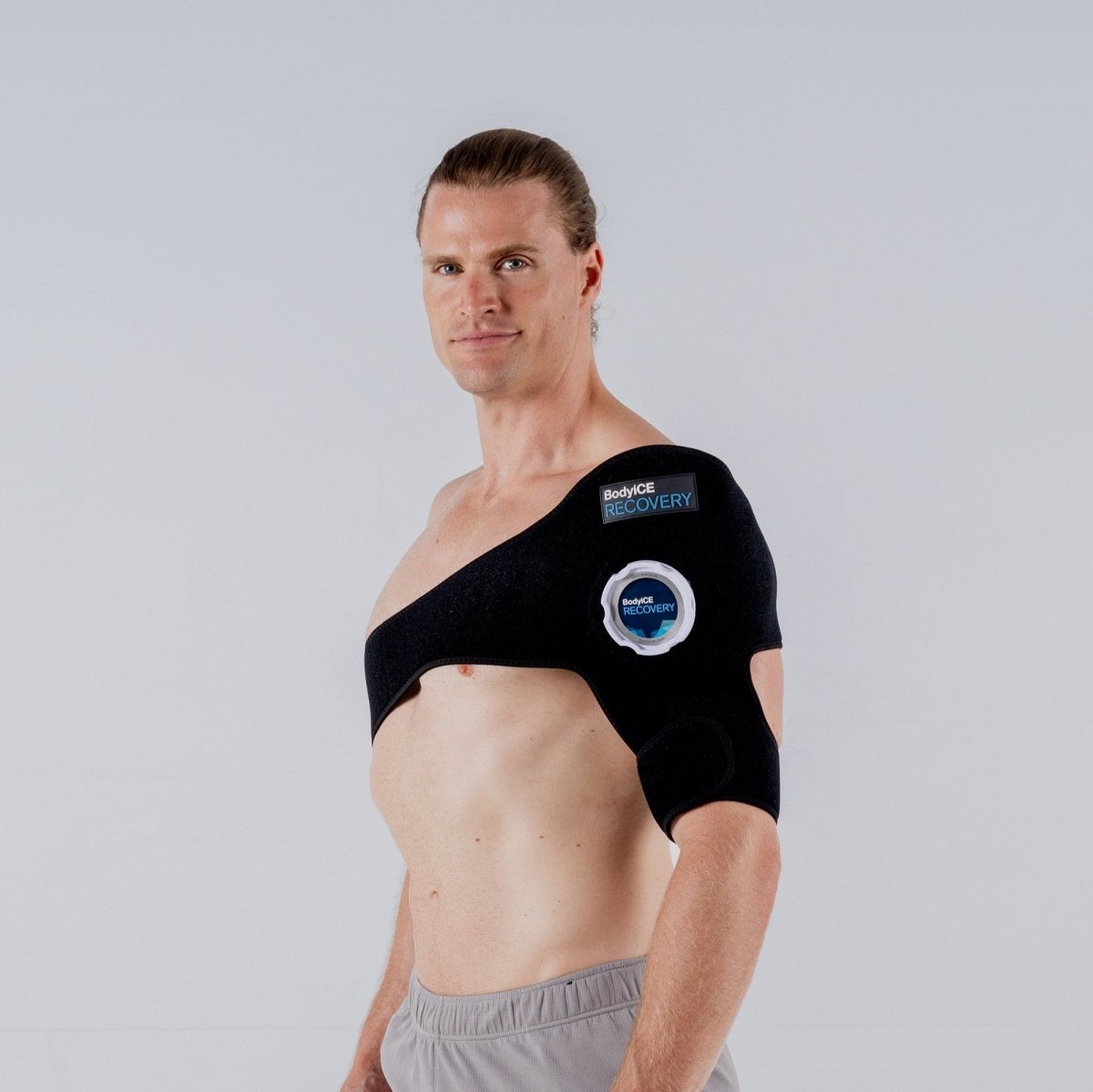


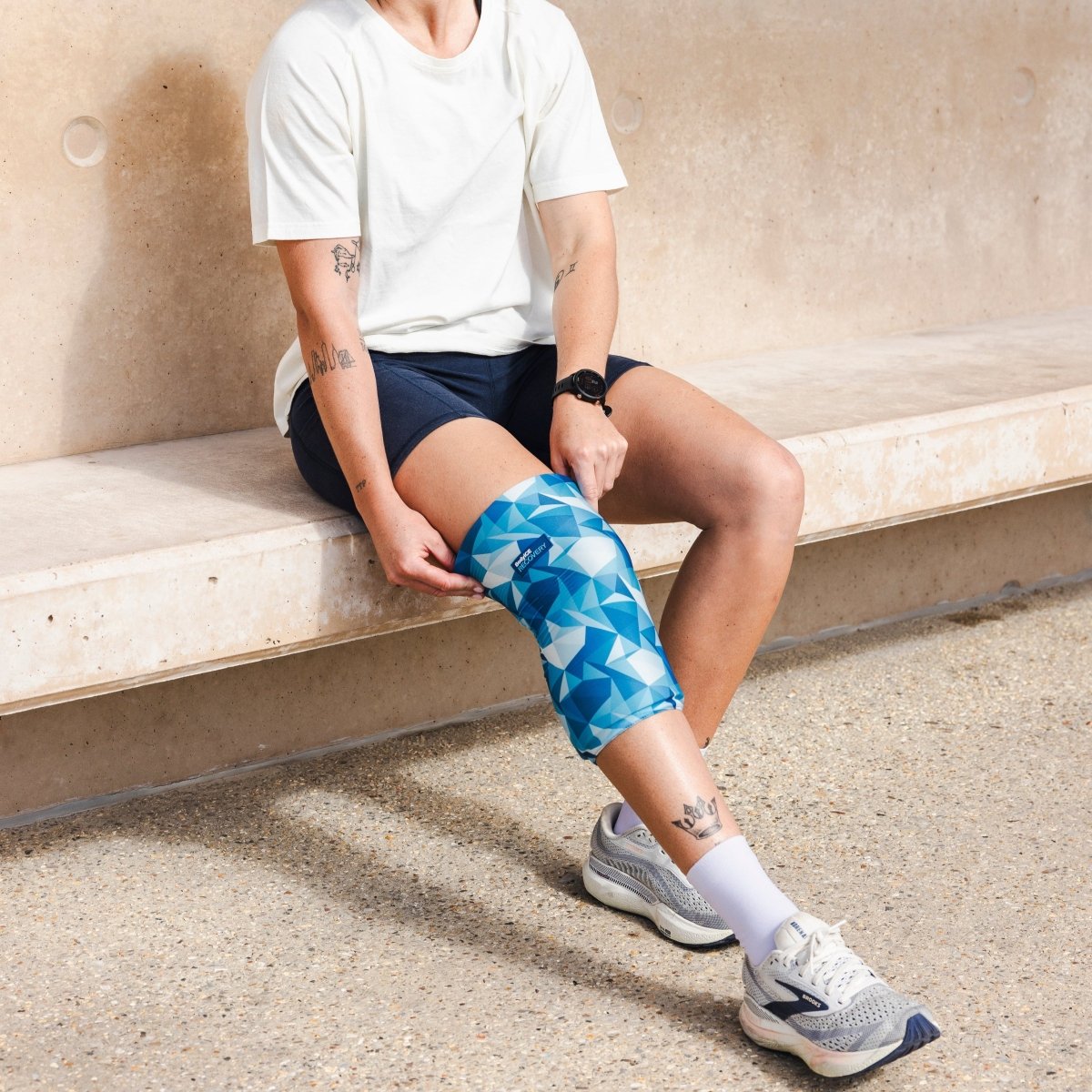
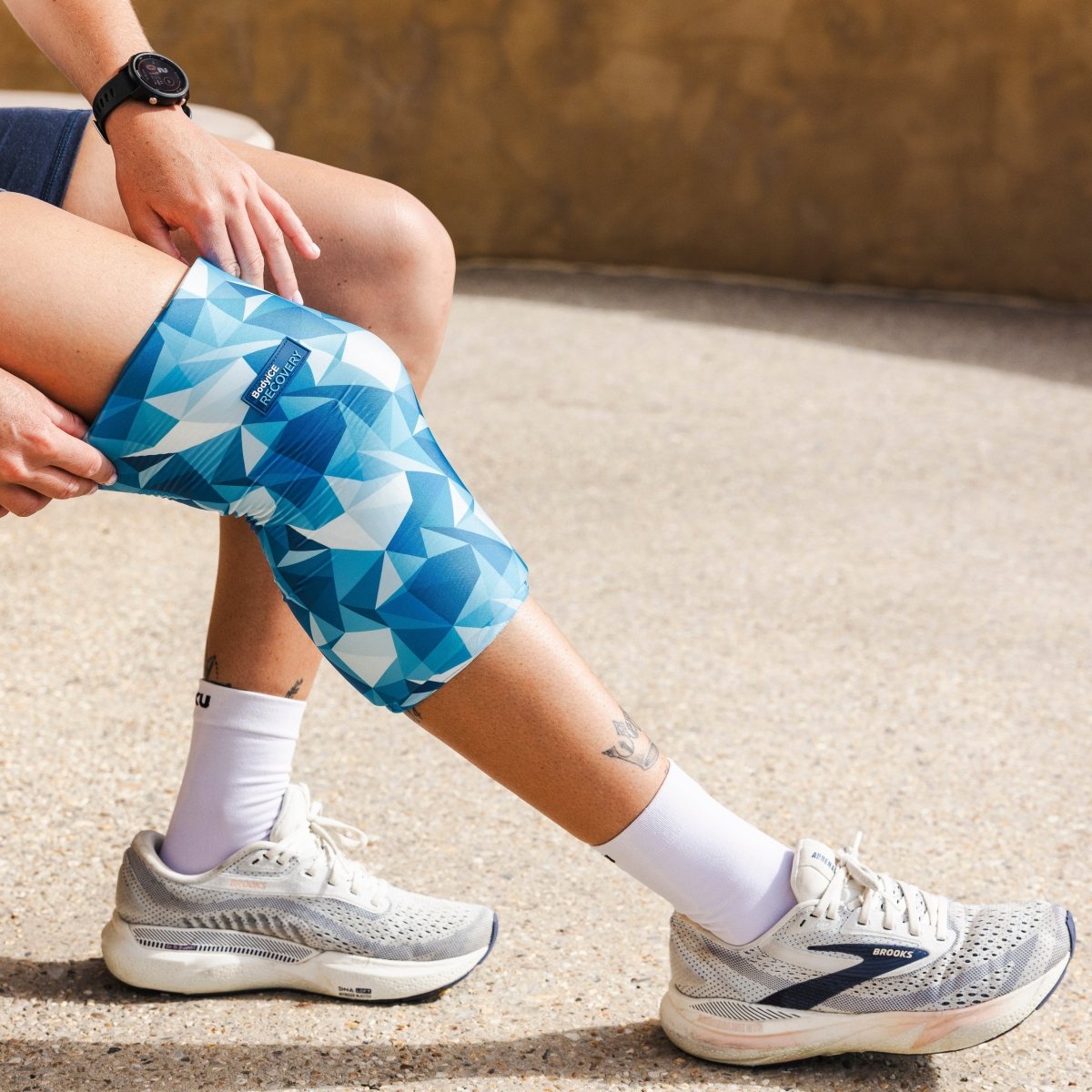
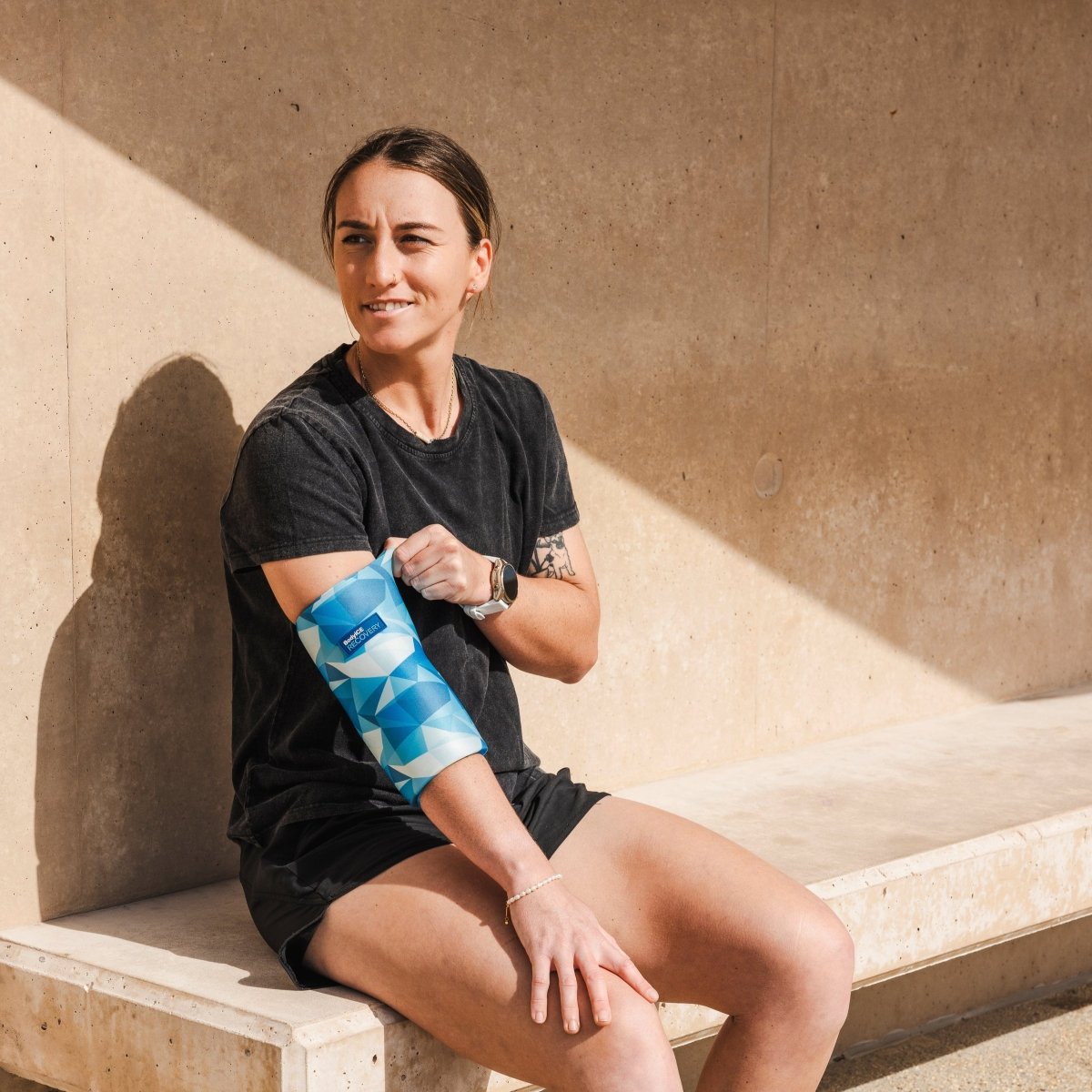
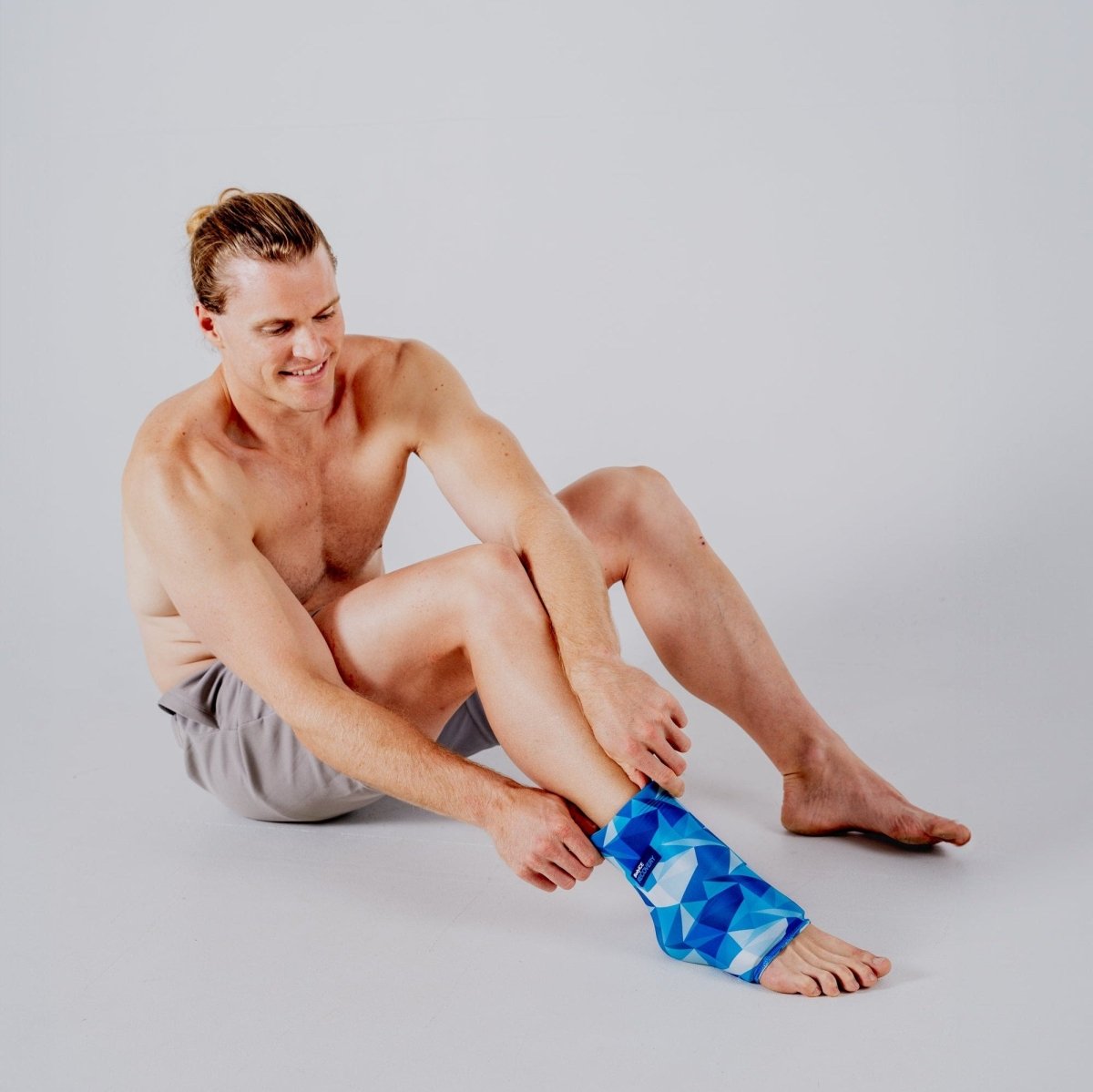
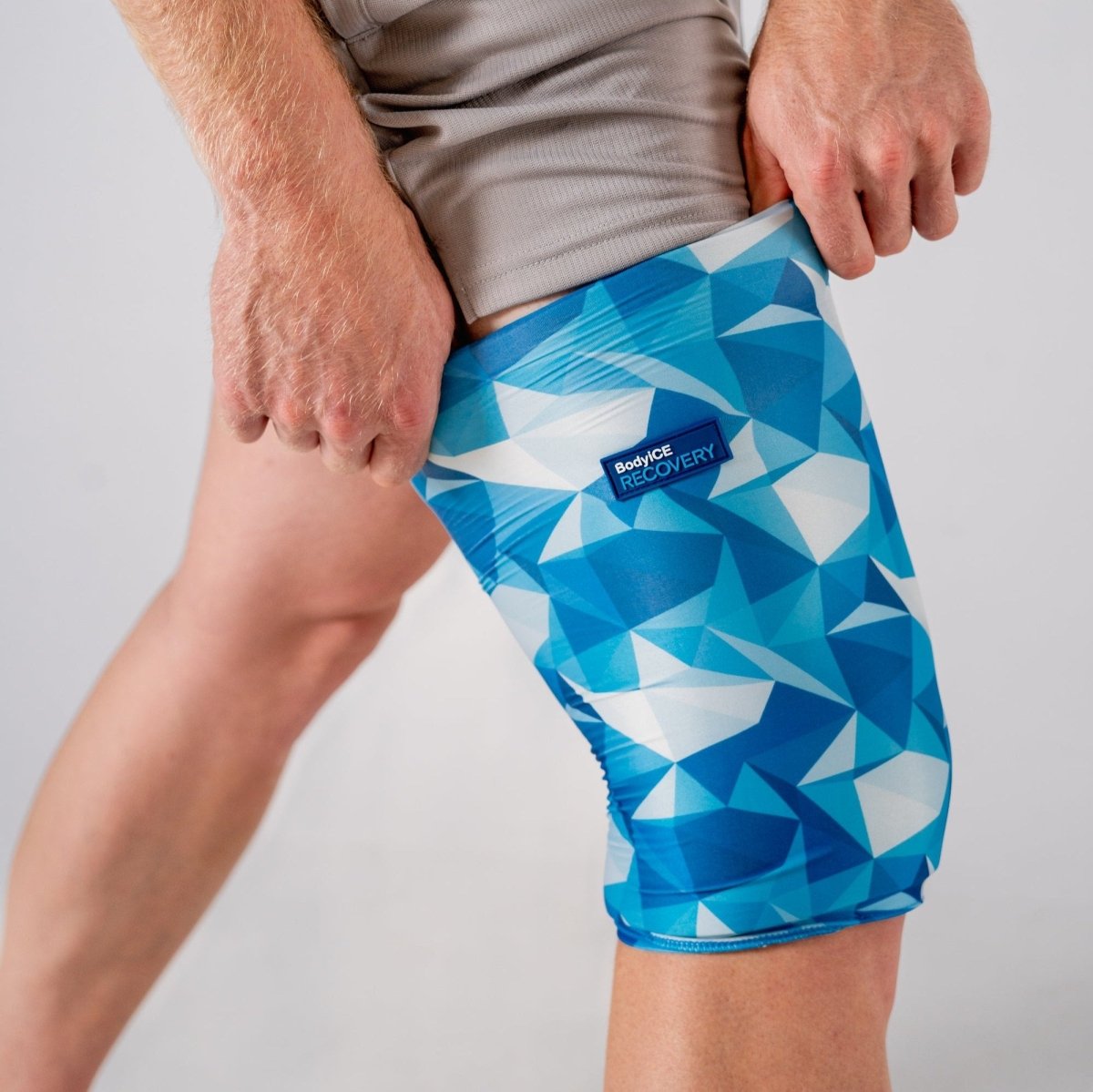

Leave a comment
All comments are moderated before being published.
This site is protected by hCaptcha and the hCaptcha Privacy Policy and Terms of Service apply.